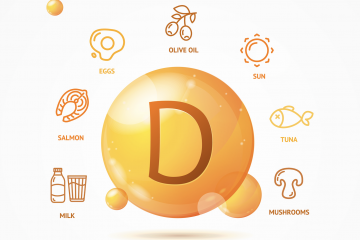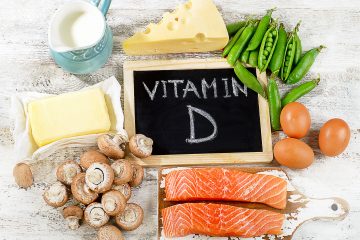Complete Blood Count For Athletes Explained (CBC)
The CBC or complete blood count is an important panel for athletes. Complete Blood Count For Athletes measures red blood cells, white blood cells, and platelet levels along with associated markers.
For athletes, red blood cells are crucial because they are responsible for delivering oxygen around the body. During exercise efficient oxygen delivery is essential for optimal athletic performance.
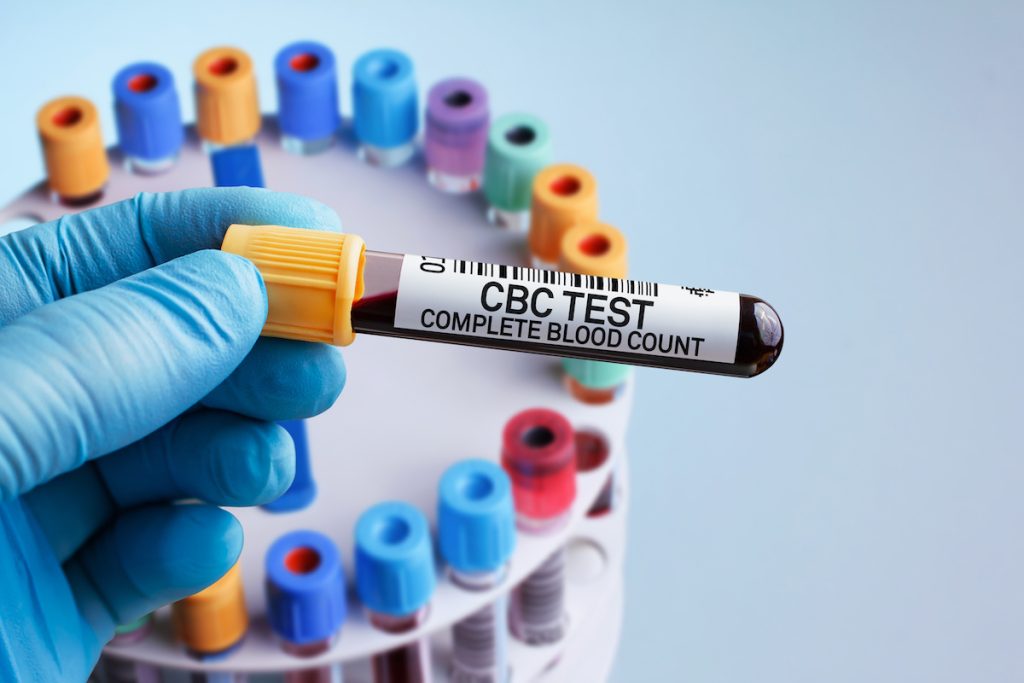
The white blood cells are part of the immune system. The immune system responds to stimuli such as infection or disease, but can also respond to exercise. One recent study found that after an ultramarathon white blood cells (call leukocytes) levels on average tripled. Alternatively, another study found that the long-term effects of intense training can lower white blood cell counts but theorized this is an adaptive response to training rather than immune suppression.
Let’s break down the components of the CBC.
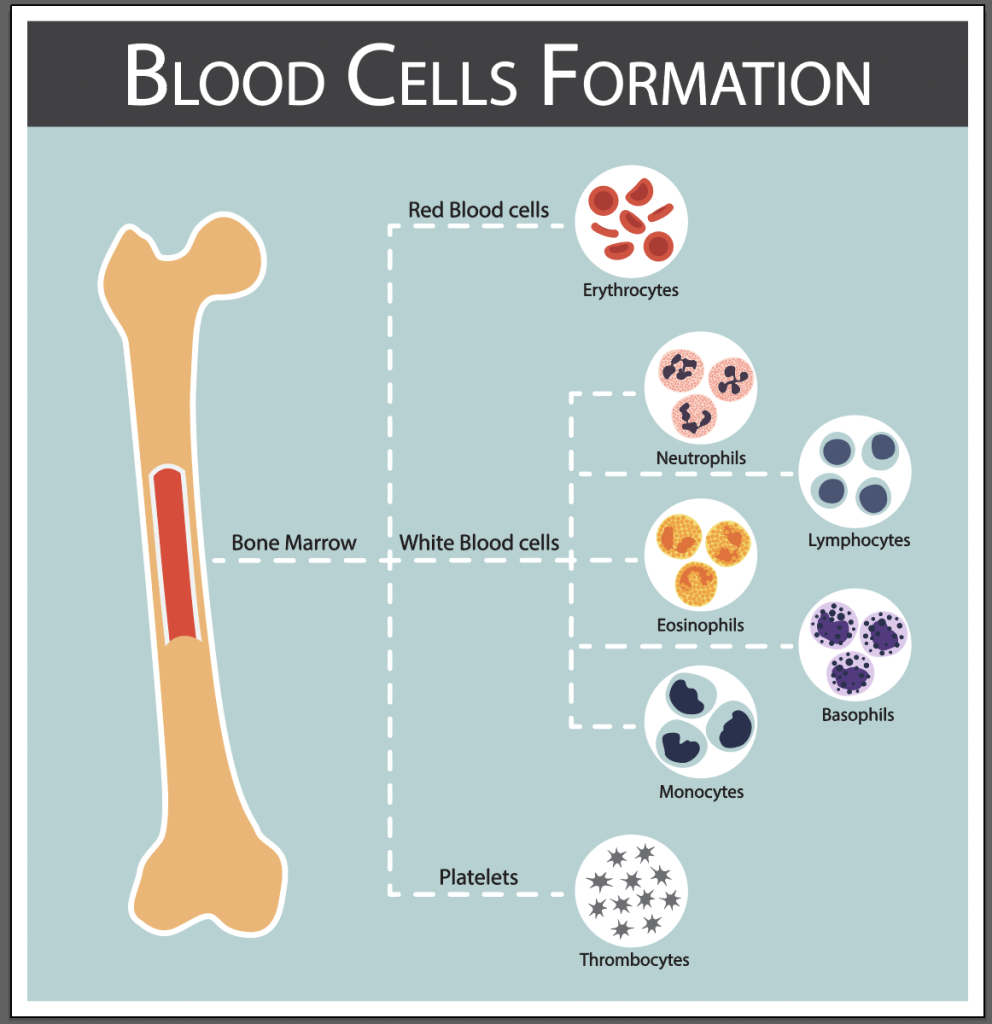
Red blood cells – Complete Blood Count For Athletes
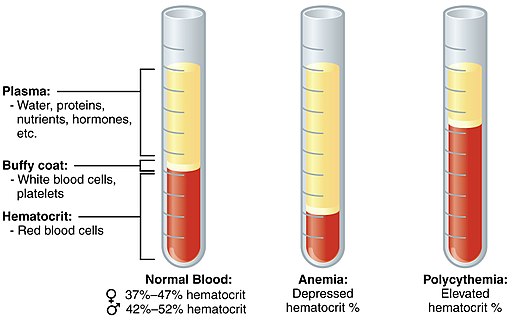
- RBC
- What it measures? How many red blood cells are circulating in your blood.
- What is it? The red blood cell delivers oxygen throughout the body
- Why it matters for athletes?
- Low RBC can cause training fatigue
- Helps deliver oxygen to working muscles
- Can provide explanation for decreasing athletic performance
- Hematocrit
- What it measures? The percent of blood composed of red blood cells
- Why it matters for athletes?
- Helps to determine anemia
- Higher levels (up to a point) are associated with improved endurance.
- If levels are too high your blood can become sluggish and less effective.
- Athletes need the right amount of red blood cells to provide fuel (oxygen) to working muscles for optimal performance
- Hemoglobin
- What it measures? A protein in the red blood cell that helps carry oxygen
- Why it matters for athletes?
- More hemoglobin = more oxygen delivery = better performance capacity
- Holy grail for athletic performance, especially endurance performance
- The higher, the better (up to a point – within normal reference ranges)
- MCV – Mean Corposcular Volume
- What it measures? The average size and volume of a red blood cell
- Why it matters for athletes?
- Used to differentiate anemia: that is, if there are signs of anemia elsewhere, we look at MCV to help determine what is causing the anemia (hint: it isn’t always iron)!
- MCV in combination with other micronutrient levels can help determine the recommended actions individuals may take in response to deficiencies: that is, form, dosing, and response time
- Normal reference range typically 80 – 100
- MCH– Mean Corpuscular Hemoglobin
- What it measures – the average number of hemoglobin within a red blood cell
- Why it matters for athletes?
- Used in combination with other markers to assess for anemia
- Can help differentiate between iron deficiency or vitamin B deficiency
- MCHC – Mean corpuscular hemoglobin concentration –
- What it measures – measures the average concentration of hemoglobin in the red blood cell.
- Why it matters for athletes?
- Helps determine the severity of anemia
- Helps elucidate the cause of anemia
- RDW – Red cell distribution width
- What it measures? The size variation of the red blood cell volume
- Why it matters for athletes?
- Helps detect problems with red blood cells
- Platelet
- What is it? A blood cell that helps form clots and stop bleeding.
- Why it matters for athletes?
- Exercise immediately and temporarily increases platelet count, which has an impact on cardiovascular disease
- Exercising on a regular basis helps to decrease your risk of heart disease
- Reticulocyte
- What it measures? An immature or newly formed red blood cell
- Why it matters for athletes?
- Can help analyze an athlete’s response to training
- Has implications for performance (more red blood cells on the horizon = better training capacity)
Read more about The Red Blood Cell Panel for Athletes!
White blood cells
- WBC
- What it measures? How many white blood cells are circulating in the blood
- What is it? White blood cells are part of the immune system and help protect the body against infection
- Why it matters for athletes?
- Can determine if your body is dealing with a lot of inflammation
- Helps to see if you are sick or have an infection
- Can help confirm training is too taxing or fuel (carbohydrate intake) is insufficient
- Neutrophil
- What is it? The most abundant type of white blood cell that helps fight infection and modulate the immune response.
- Why it matters for athletes?
- Often lower in athletes which represents an adaptive response to training
- Lymphocyte
- What is it? The second most abundant type of white blood cell helps fight off infection.
- Why it matters for athletes?
- Can identify an infection
- Helps determine immune system function
- Monocyte
- What is it? The largest type of white blood cell is involved in immune and inflammatory responses.
- Why it matters for athletes?
- Out of all the immune systems cells, these increase the most in response to exercise
- Can identify viral infection
- Eosinophils
- What is it? A type of white blood cell usually involved in allergic reaction or protection against parasites.
- Why it matters for athletes?
- Can play a role in exercise-induced asthma
- Basophils
- What is it? The least abundant type of white blood cell is involved in infection and allergic reactions.
- Why it matters for athletes?
- Can suggest an allergy
- Help fight off fungal or bacterial infections and viruses
Complete Blood Count For Athletes

